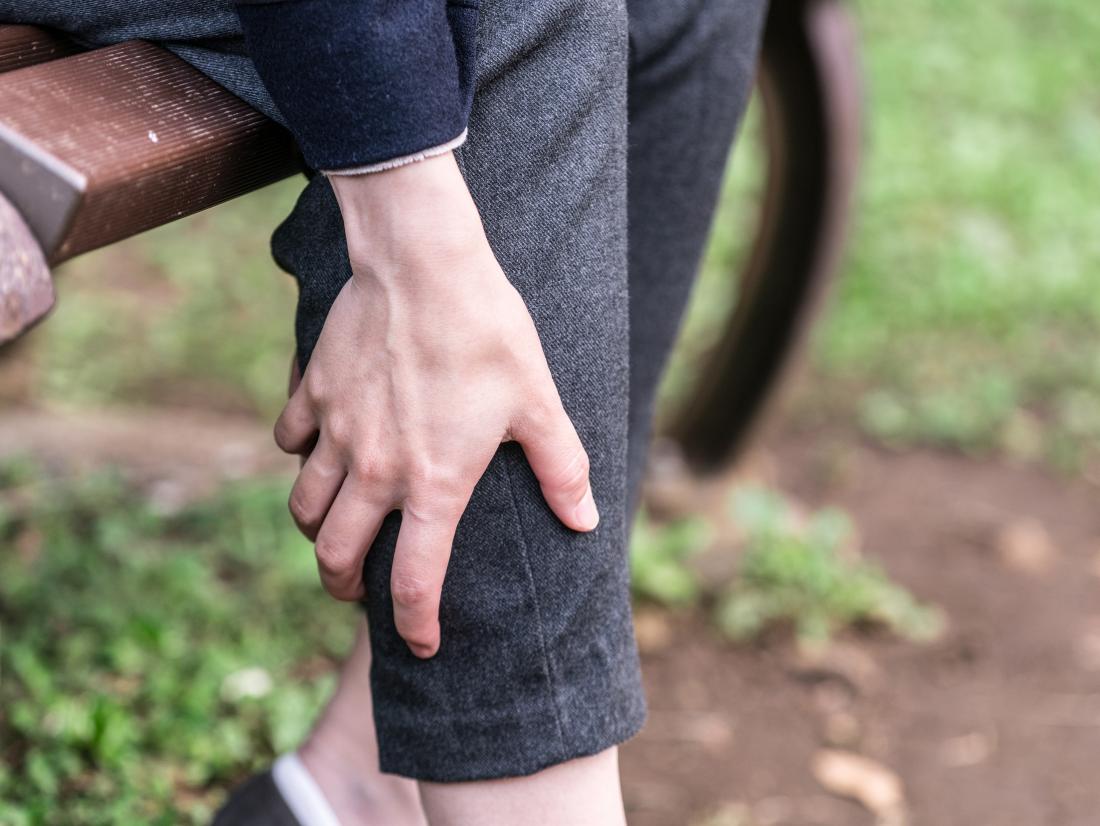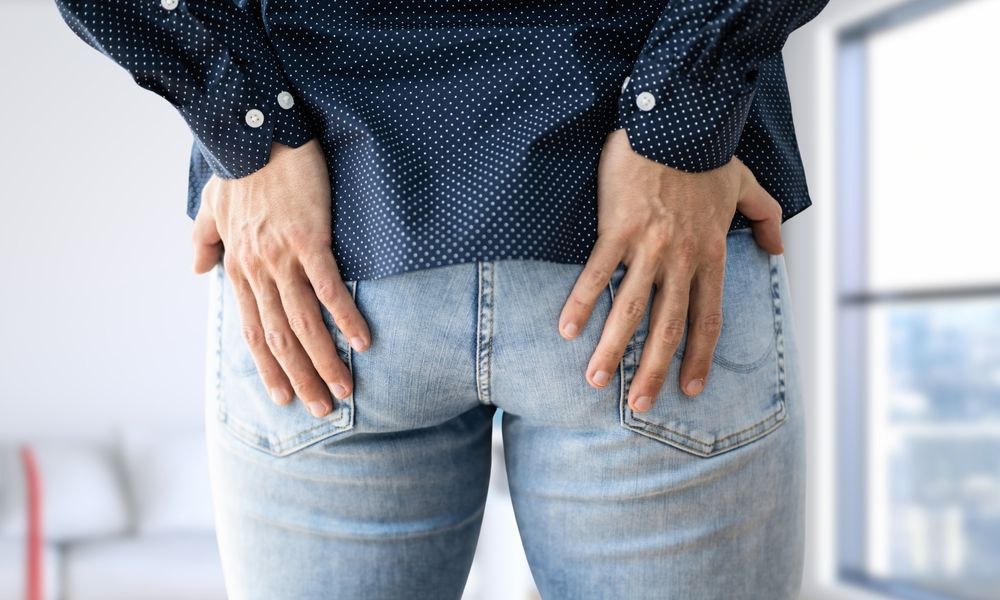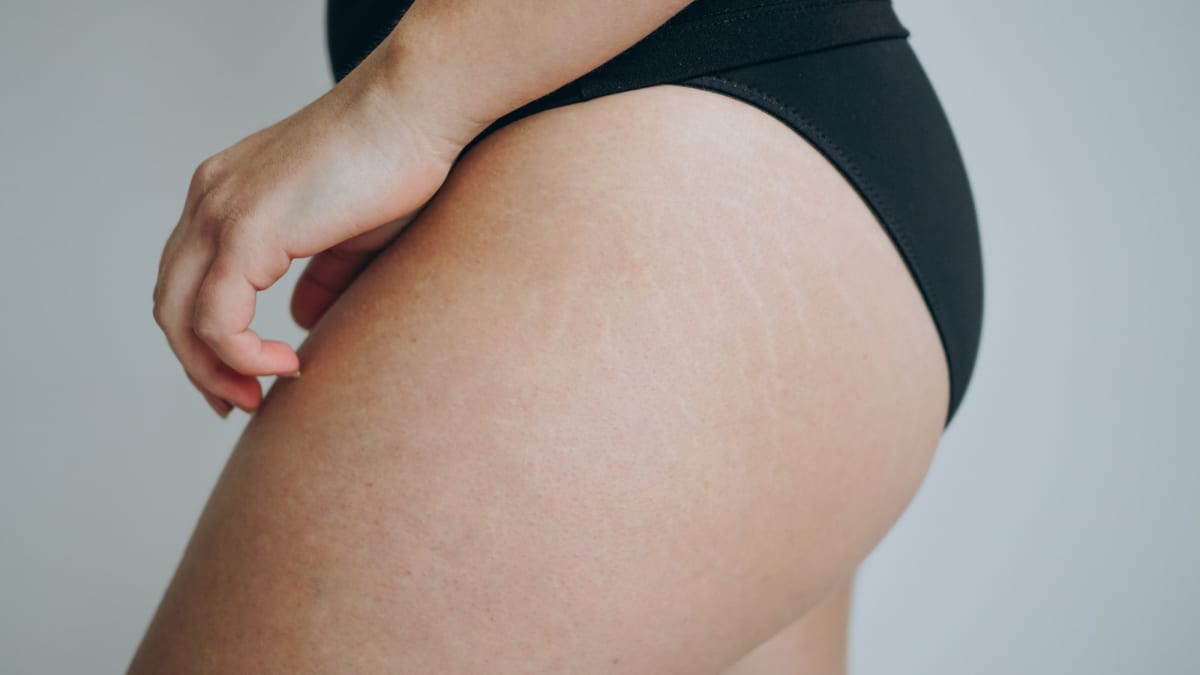Keratosis Pilaris and Self-Esteem: Understanding the Connection
For many individuals, skin is more than just a protective barrier; it's an integral part of their identity and self-expression. As a beautician, understanding the nuances of various skin conditions and their impact on self-esteem is crucial. One such condition that often intersects with emotional well-being is keratosis pilaris. This common, yet often misunderstood, skin condition can have a profound effect on a person's self-esteem and overall quality of life.

What is Keratosis Pilaris?
Keratosis pilaris, sometimes referred to as 'chicken skin,' is a harmless skin condition characterized by small, hard bumps that may make your skin feel like sandpaper. These bumps are often light-colored and can appear on the upper arms, thighs, cheeks, or buttocks. While this condition is not medically serious, it can cause significant distress and embarrassment, impacting a person's confidence.
According to the British Skin Foundation, keratosis pilaris is caused by a buildup of keratina protein that protects the skin from harmful substances and infection. This keratin forms a plug that blocks the opening of a hair follicle, resulting in the characteristic bumps.
Impact on Self-Esteem
The appearance of these bumps can lead to feelings of self-consciousness, especially in social situations or during warmer weather when more skin is exposed. For many, the presence of keratosis pilaris can feel like a constant reminder of imperfection. This can lead to a decrease in self-esteem and can even affect mental health over time. Beauticians, who often serve as confidants and advisors to their clients, play a pivotal role in helping individuals manage both the physical symptoms and the emotional impact of this condition.
In a world that often equates beauty with flawless skin, having visible skin irregularities can be challenging. Many people with keratosis pilaris might avoid wearing sleeveless tops, shorts, or swimwear, limiting their lifestyle and experiences. This avoidance can further reinforce feelings of inadequacy and poor self-esteem.
Effective Management Strategies
Skincare Routine
Creating an effective skincare routine is essential for managing keratosis pilaris. Products containing exfoliating ingredients like salicylic acid, as discussed in this article, can help gently remove dead skin cells and reduce the appearance of bumps. Regular moisturizing is also crucial to keep the skin hydrated and to minimize dryness that can worsen the condition.
Professional Treatments
As a beautician, you might explore options like chemical peels or microdermabrasion for clients who desire more intensive treatments. These procedures can help improve skin texture and appearance, offering a boost in self-esteem. However, it's important to set realistic expectations and remind clients that these treatments may need to be repeated to maintain results.
Emotional Support
Beyond physical treatments, providing emotional support and validating clients' feelings about their skin is invaluable. Encourage open conversations about body image and remind clients that they are more than their skin condition. Helping clients find ways to embrace their uniqueness can foster a healthier relationship with their appearance.
Resources and Further Reading
For more in-depth information about keratosis pilaris, you can refer to reliable sources such as Healthline and Wikipedia. These resources provide comprehensive insights into the condition, its causes, and treatment options.
Conclusion
Understanding keratosis pilaris and its impact on self-esteem is essential for beauticians who aim to provide holistic care to their clients. By offering both effective skincare solutions and emotional support, beauticians can help clients manage this condition and improve their overall quality of life. Remember, the goal is not just to treat the skin but to uplift the spirit and build confidence. For more tips on dealing with skin bumps, you can visit this guide.

FAQs
What causes keratosis pilaris?
Keratosis pilaris is caused by a buildup of keratin, a protein that protects skin. This buildup forms a plug that blocks the opening of a hair follicle.
Can keratosis pilaris be cured?
While there is no cure for keratosis pilaris, it can be managed with proper skincare and treatments. Over-the-counter and prescription creams can help improve the skin's appearance.
How can beauticians help clients with keratosis pilaris?
Beauticians can assist by recommending suitable skincare products, offering professional treatments, and providing emotional support to help clients cope with the condition.

